Chlorotripyrrolidinophosphonium hexafluorophosphate
Synonym(s):PyCloP
- CAS NO.:133894-48-1
- Empirical Formula: C12H24ClF6N3P2
- Molecular Weight: 421.73
- MDL number: MFCD00210035
- EINECS: 628-539-2
- SAFETY DATA SHEET (SDS)
- Update Date: 2025-01-27 09:38:02

What is Chlorotripyrrolidinophosphonium hexafluorophosphate?
The Uses of Chlorotripyrrolidinophosphonium hexafluorophosphate
Celltransmission 20, 2, 2004.
The Uses of Chlorotripyrrolidinophosphonium hexafluorophosphate
Crystalline reagent for peptide coupling of a-alkylated N-Fmoc and N-Z-amino acids in high yield and without racemization.
The Uses of Chlorotripyrrolidinophosphonium hexafluorophosphate
Reagent for:
Peptide coupling reactions and synthesis of coupling reagents
Sequence selective peptide recognition
Synthesis of condensing reagents
Synthesis of heterocyclic β-sheet ligands
What are the applications of Application
Chlorotripyrrolidinophosphonium hexafluorophosphate is a crystalline reagent
Properties of Chlorotripyrrolidinophosphonium hexafluorophosphate
| Melting point: | 145-148°C |
| storage temp. | 2-8°C |
| solubility | soluble in Chloroform, Methanol |
| form | Crystalline Powder |
| color | White to yellow |
| Sensitive | Moisture Sensitive |
| BRN | 6842341 |
| CAS DataBase Reference | 133894-48-1(CAS DataBase Reference) |
Safety information for Chlorotripyrrolidinophosphonium hexafluorophosphate
| Signal word | Danger |
| Pictogram(s) |
 Corrosion Corrosives GHS05 |
| GHS Hazard Statements |
H314:Skin corrosion/irritation H318:Serious eye damage/eye irritation |
| Precautionary Statement Codes |
P260:Do not breathe dust/fume/gas/mist/vapours/spray. P264:Wash hands thoroughly after handling. P264:Wash skin thouroughly after handling. P280:Wear protective gloves/protective clothing/eye protection/face protection. P310:Immediately call a POISON CENTER or doctor/physician. P301+P330+P331:IF SWALLOWED: Rinse mouth. Do NOT induce vomiting. P303+P361+P353:IF ON SKIN (or hair): Remove/Take off Immediately all contaminated clothing. Rinse SKIN with water/shower. P305+P351+P338:IF IN EYES: Rinse cautiously with water for several minutes. Remove contact lenses, if present and easy to do. Continuerinsing. P405:Store locked up. P501:Dispose of contents/container to..… |
Computed Descriptors for Chlorotripyrrolidinophosphonium hexafluorophosphate
| InChIKey | BSCYRXJVGSZNKX-UHFFFAOYSA-N |
Related products of tetrahydrofuran

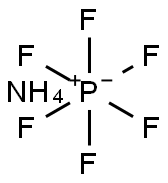



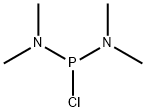

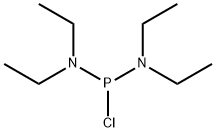
You may like
-
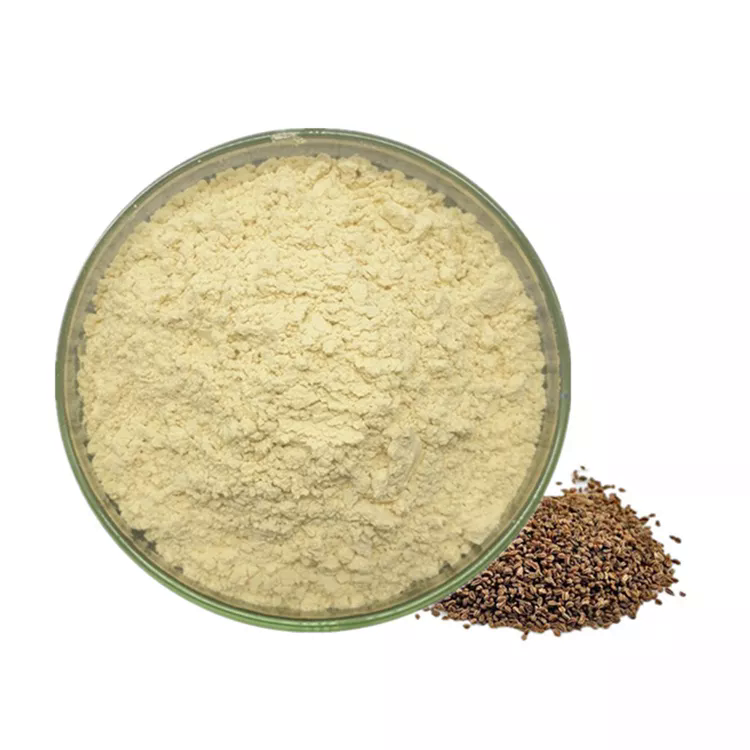 133894-48-1 PyCLOP (Chlorotripyrrolidinophosphonium Hexafluorophosphate) 98%View Details
133894-48-1 PyCLOP (Chlorotripyrrolidinophosphonium Hexafluorophosphate) 98%View Details
133894-48-1 -
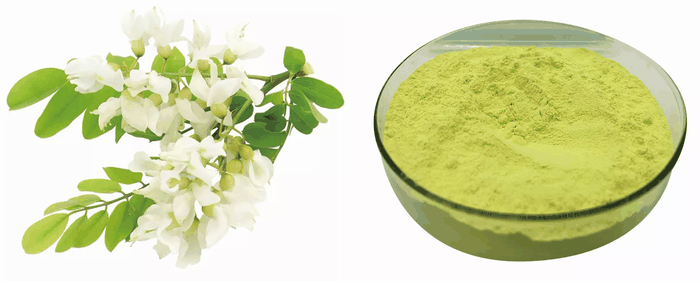 133894-48-1 99%View Details
133894-48-1 99%View Details
133894-48-1 -
 Chlorotripyrrolidinophosphonium hexafluorophosphate 96% CAS 133894-48-1View Details
Chlorotripyrrolidinophosphonium hexafluorophosphate 96% CAS 133894-48-1View Details
133894-48-1 -
 Chlorotripyrrolidinophosphonium Hexafluorophosphate CAS 133894-48-1View Details
Chlorotripyrrolidinophosphonium Hexafluorophosphate CAS 133894-48-1View Details
133894-48-1 -
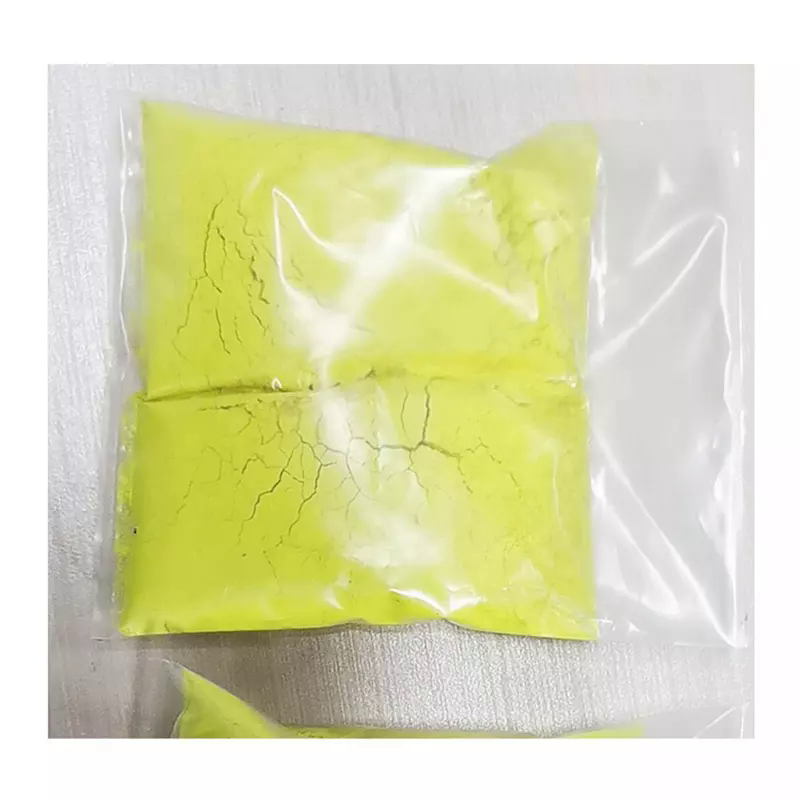 PyClOP (Chlorotripyrrolidinophosphonium hexa fluorophosphate) 99%View Details
PyClOP (Chlorotripyrrolidinophosphonium hexa fluorophosphate) 99%View Details
133894-48-1 -
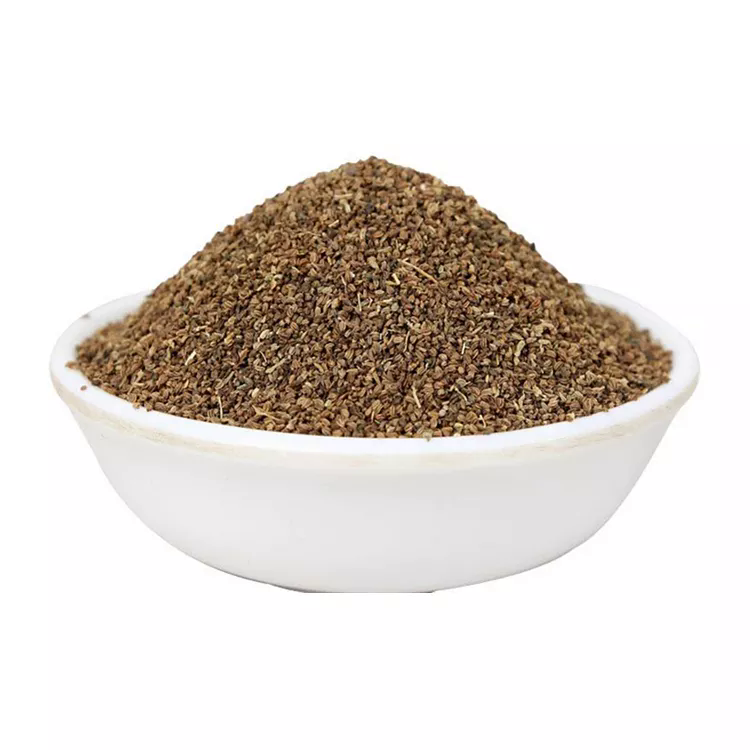 Chlorotripyrrolidinophosphonium Hexafluorophosphate 133894-48-1 99%View Details
Chlorotripyrrolidinophosphonium Hexafluorophosphate 133894-48-1 99%View Details
133894-48-1 -
 PyClOP 98.00% CAS 133894-48-1View Details
PyClOP 98.00% CAS 133894-48-1View Details
133894-48-1 -
 Chlorotripyrrolidinophosphonium hexafluorophosphate CAS 133894-48-1View Details
Chlorotripyrrolidinophosphonium hexafluorophosphate CAS 133894-48-1View Details
133894-48-1
Statement: All products displayed on this website are only used for non medical purposes such as industrial applications or scientific research, and cannot be used for clinical diagnosis or treatment of humans or animals. They are not medicinal or edible.